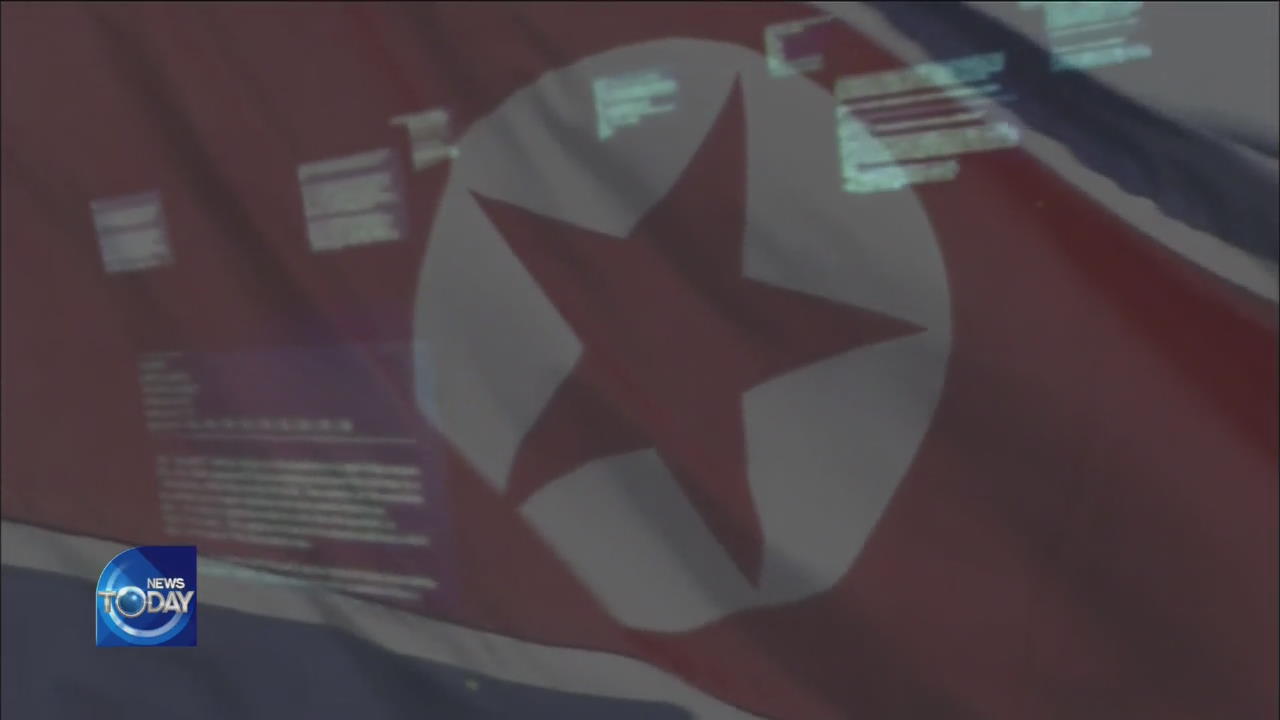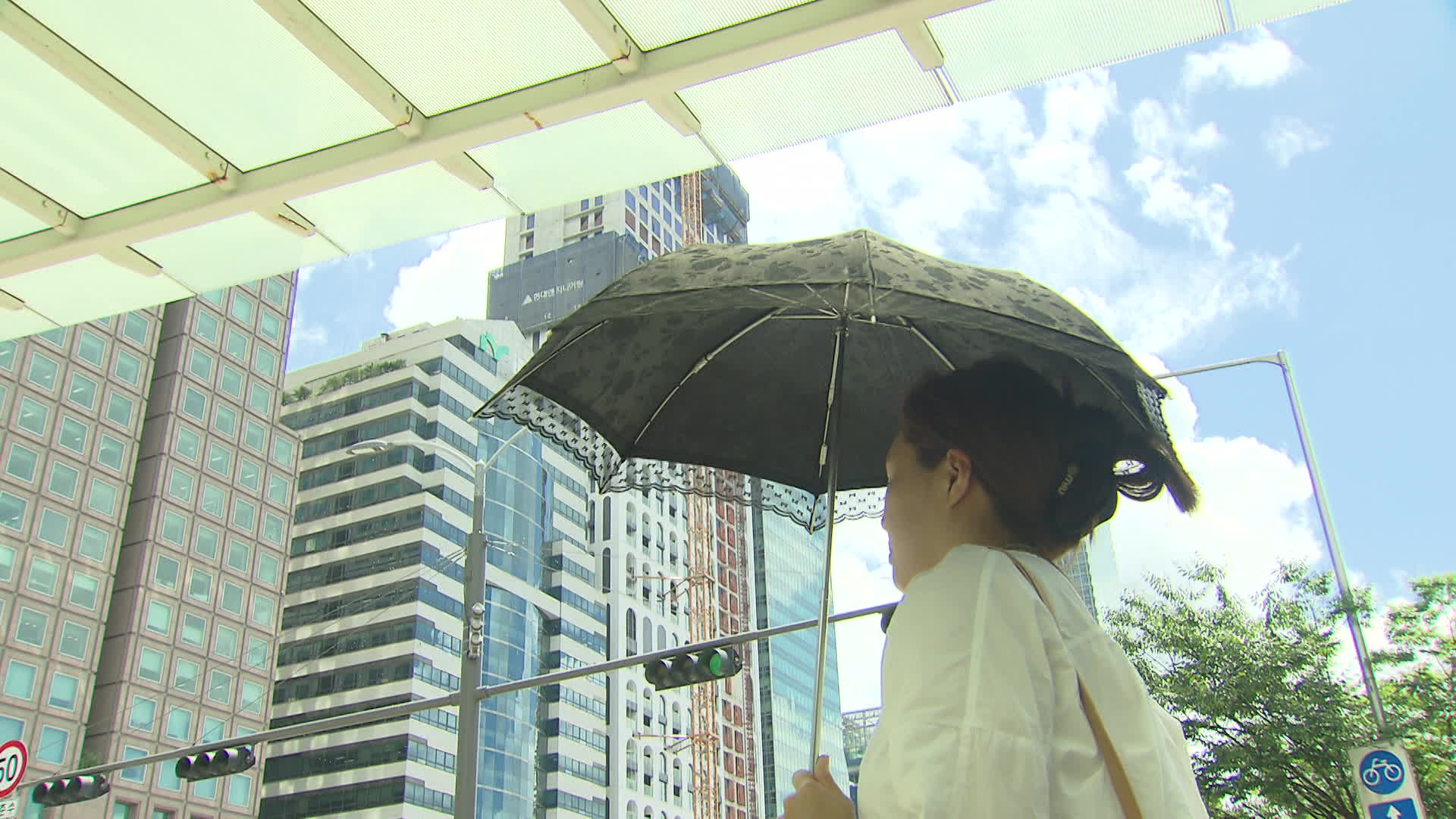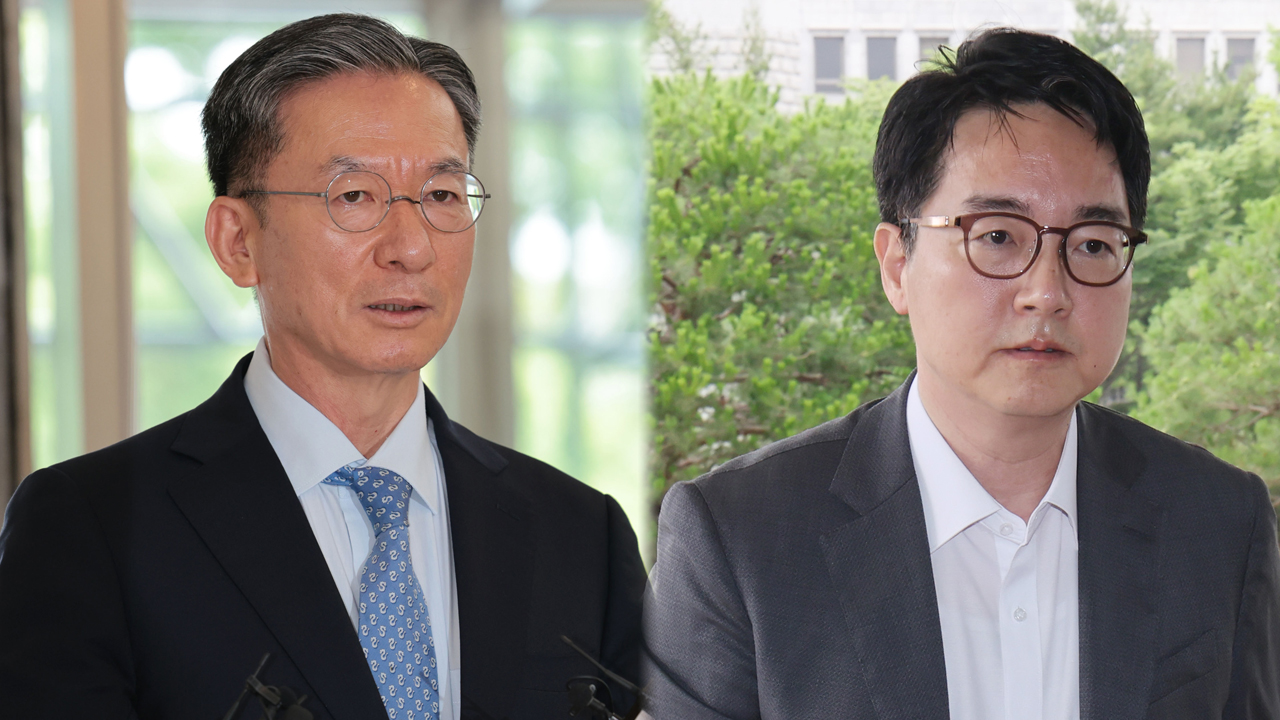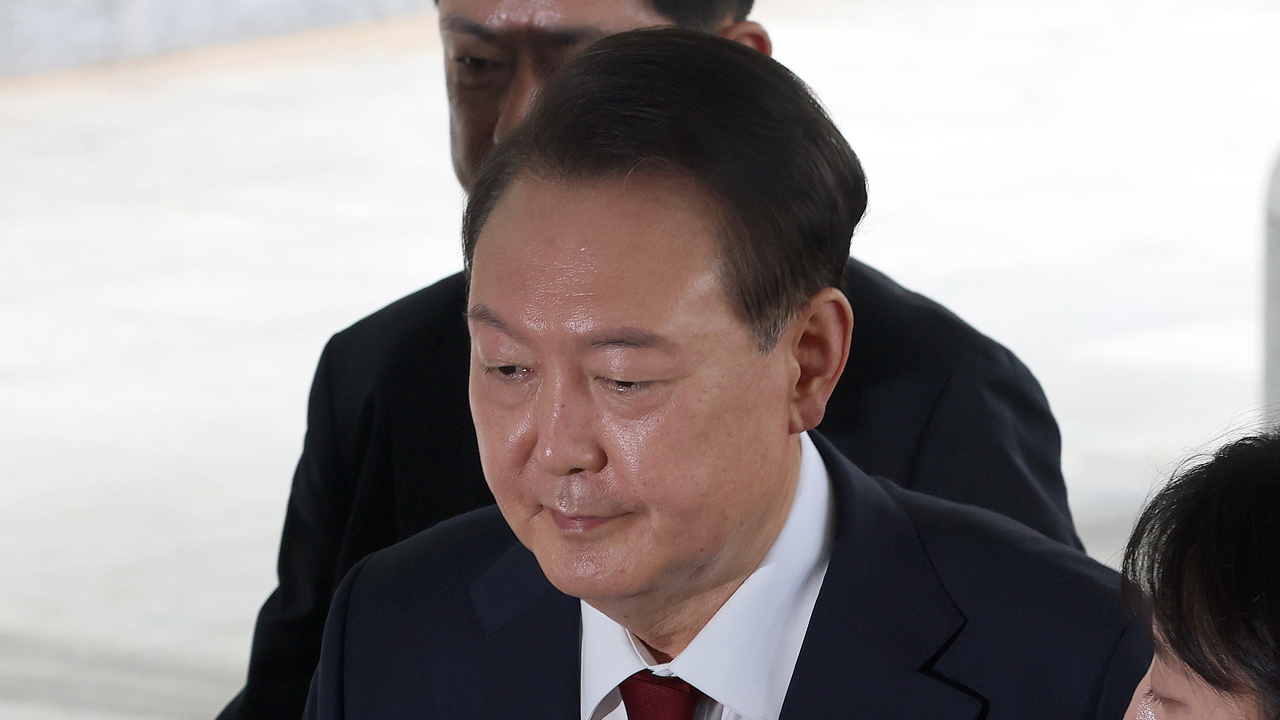N.KOREA'S NUCLEAR WEAPONS
입력 2019.09.06 (15:41)
수정 2019.09.06 (16:57)
읽어주기 기능은 크롬기반의
브라우저에서만 사용하실 수 있습니다.
[Anchor Lead]
The United Nations Security Council Sanctions Committee on North Korea reported that although North Korea stopped testing its nuclear weapons and inter-continental ballistic missiles at the end of 2017, the regime is still operating its uranium enhancement facility. The committee also said that North Korea has developed missiles that can penetrate the ICBM defense system.
[Pkg]
“The uranium enrichment facility in Yongbyon is still in operation.” The UNSC Sanctions Committee on North Korea announced that although the regime stopped testing nuclear weapons and inter-continental ballistic missiles at the end of 2017, it still continues to upgrade nuclear and missile programs. A panel of experts made this assessment in a report on Pyongyang's violations of Security Council sanctions from February to early August. The sanctions committee also mentioned that light-water reactor constructions in Yongbyon and the dredging of the Guryonggang River are continuously observed. The committee expressed concerns that the new North Korean missiles are capable of penetrating ballistic missile defense systems. The short-range ballistic missiles launched on May 4th and 9th had flatter trajectories than that of conventional Scud models, making them capable of breaking through the defense network. Satellite images confirmed the existence of a solid fuel production plant and various mobile launch pads, which prove the communist state made great strides in missile technology. The U.N. Sanctions Committee on North Korea noted that the new Pukguksong-2 missiles powered by solid fuel were placed at the launch base for the Rodong missiles which used liquid fuel. This indicates Pyongyang's current goal is to develop a first-stage solid propellant for its inter-continental ballistic missiles. The committee highlighted that North Korea continues to disperse the ballistic missile facilities and hide them underground. The report also included findings on the regime's intel agency. The Reconnaissance General Bureau, hacked financial institutions or virtual currency exchanges around the world and stole up to two billion dollars.
The United Nations Security Council Sanctions Committee on North Korea reported that although North Korea stopped testing its nuclear weapons and inter-continental ballistic missiles at the end of 2017, the regime is still operating its uranium enhancement facility. The committee also said that North Korea has developed missiles that can penetrate the ICBM defense system.
[Pkg]
“The uranium enrichment facility in Yongbyon is still in operation.” The UNSC Sanctions Committee on North Korea announced that although the regime stopped testing nuclear weapons and inter-continental ballistic missiles at the end of 2017, it still continues to upgrade nuclear and missile programs. A panel of experts made this assessment in a report on Pyongyang's violations of Security Council sanctions from February to early August. The sanctions committee also mentioned that light-water reactor constructions in Yongbyon and the dredging of the Guryonggang River are continuously observed. The committee expressed concerns that the new North Korean missiles are capable of penetrating ballistic missile defense systems. The short-range ballistic missiles launched on May 4th and 9th had flatter trajectories than that of conventional Scud models, making them capable of breaking through the defense network. Satellite images confirmed the existence of a solid fuel production plant and various mobile launch pads, which prove the communist state made great strides in missile technology. The U.N. Sanctions Committee on North Korea noted that the new Pukguksong-2 missiles powered by solid fuel were placed at the launch base for the Rodong missiles which used liquid fuel. This indicates Pyongyang's current goal is to develop a first-stage solid propellant for its inter-continental ballistic missiles. The committee highlighted that North Korea continues to disperse the ballistic missile facilities and hide them underground. The report also included findings on the regime's intel agency. The Reconnaissance General Bureau, hacked financial institutions or virtual currency exchanges around the world and stole up to two billion dollars.
■ 제보하기
▷ 카카오톡 : 'KBS제보' 검색, 채널 추가
▷ 전화 : 02-781-1234, 4444
▷ 이메일 : kbs1234@kbs.co.kr
▷ 유튜브, 네이버, 카카오에서도 KBS뉴스를 구독해주세요!
- N.KOREA'S NUCLEAR WEAPONS
-
- 입력 2019-09-06 16:08:20
- 수정2019-09-06 16:57:49

[Anchor Lead]
The United Nations Security Council Sanctions Committee on North Korea reported that although North Korea stopped testing its nuclear weapons and inter-continental ballistic missiles at the end of 2017, the regime is still operating its uranium enhancement facility. The committee also said that North Korea has developed missiles that can penetrate the ICBM defense system.
[Pkg]
“The uranium enrichment facility in Yongbyon is still in operation.” The UNSC Sanctions Committee on North Korea announced that although the regime stopped testing nuclear weapons and inter-continental ballistic missiles at the end of 2017, it still continues to upgrade nuclear and missile programs. A panel of experts made this assessment in a report on Pyongyang's violations of Security Council sanctions from February to early August. The sanctions committee also mentioned that light-water reactor constructions in Yongbyon and the dredging of the Guryonggang River are continuously observed. The committee expressed concerns that the new North Korean missiles are capable of penetrating ballistic missile defense systems. The short-range ballistic missiles launched on May 4th and 9th had flatter trajectories than that of conventional Scud models, making them capable of breaking through the defense network. Satellite images confirmed the existence of a solid fuel production plant and various mobile launch pads, which prove the communist state made great strides in missile technology. The U.N. Sanctions Committee on North Korea noted that the new Pukguksong-2 missiles powered by solid fuel were placed at the launch base for the Rodong missiles which used liquid fuel. This indicates Pyongyang's current goal is to develop a first-stage solid propellant for its inter-continental ballistic missiles. The committee highlighted that North Korea continues to disperse the ballistic missile facilities and hide them underground. The report also included findings on the regime's intel agency. The Reconnaissance General Bureau, hacked financial institutions or virtual currency exchanges around the world and stole up to two billion dollars.
The United Nations Security Council Sanctions Committee on North Korea reported that although North Korea stopped testing its nuclear weapons and inter-continental ballistic missiles at the end of 2017, the regime is still operating its uranium enhancement facility. The committee also said that North Korea has developed missiles that can penetrate the ICBM defense system.
[Pkg]
“The uranium enrichment facility in Yongbyon is still in operation.” The UNSC Sanctions Committee on North Korea announced that although the regime stopped testing nuclear weapons and inter-continental ballistic missiles at the end of 2017, it still continues to upgrade nuclear and missile programs. A panel of experts made this assessment in a report on Pyongyang's violations of Security Council sanctions from February to early August. The sanctions committee also mentioned that light-water reactor constructions in Yongbyon and the dredging of the Guryonggang River are continuously observed. The committee expressed concerns that the new North Korean missiles are capable of penetrating ballistic missile defense systems. The short-range ballistic missiles launched on May 4th and 9th had flatter trajectories than that of conventional Scud models, making them capable of breaking through the defense network. Satellite images confirmed the existence of a solid fuel production plant and various mobile launch pads, which prove the communist state made great strides in missile technology. The U.N. Sanctions Committee on North Korea noted that the new Pukguksong-2 missiles powered by solid fuel were placed at the launch base for the Rodong missiles which used liquid fuel. This indicates Pyongyang's current goal is to develop a first-stage solid propellant for its inter-continental ballistic missiles. The committee highlighted that North Korea continues to disperse the ballistic missile facilities and hide them underground. The report also included findings on the regime's intel agency. The Reconnaissance General Bureau, hacked financial institutions or virtual currency exchanges around the world and stole up to two billion dollars.
이 기사가 좋으셨다면
-
좋아요
0
-
응원해요
0
-
후속 원해요
0















![[단독] 한강버스 운항 두 달 남았는데…일부 공정률 ‘절반 이하’](/data/news/2025/07/01/20250701_LmwC7h.jpg)

이 기사에 대한 의견을 남겨주세요.